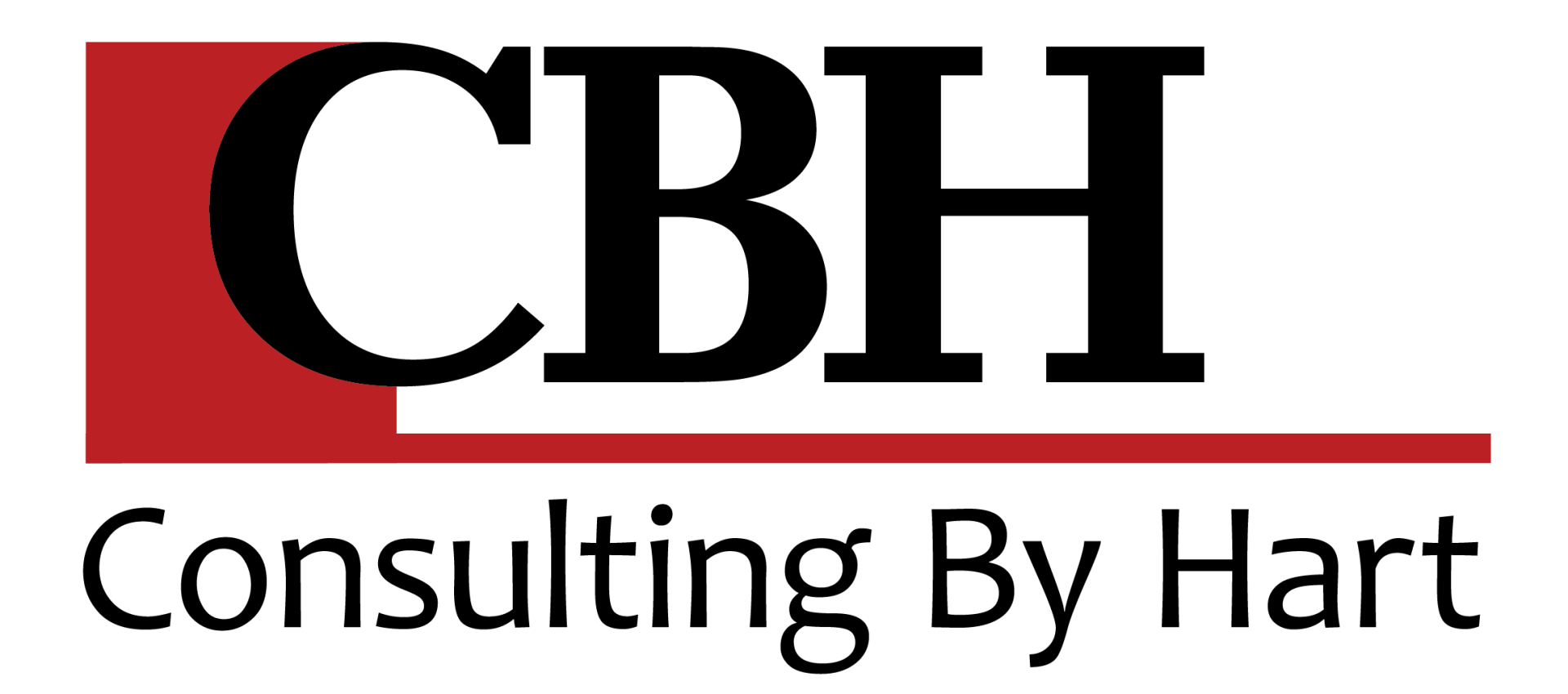Strategic Thinking: A New Perspective
When I talk to business owners about strategy, they typically roll their eyes, conjuring up images of lengthy strat plans requiring days of work. That’s not why I talk about strategy. To me, strategy requires thinking strategically – which is a critical business leadership skill of which most entrepreneurs are unaware.
Based on many years as a consultant working with entrepreneurs, I believe there are 6 key steps baked into a sound, well thought out business strategy. ‘The Plan’ (strategic plan) depends on this critical thinking in order to determine what investment the company needs to move forward, and how much profit will be generated.
Here are my six Strategic Thinking steps to building a solid, well led business:
1. Clarify Culture. WHO is your company? (not to be confused with what your company does or offers.) What are the non-negotiable values in your business? What do believe in? What is unique about the effective dynamics behind the scenes, and between staff and customers? (HINT: if you’re feeling your company doesn’t have effective dynamics either behind the scenes or with customers, you really need to start with a Culture Project!) This is about defining your Foundation – your Culture. A particularly crucial step to take if you’re having trouble attracting ‘right fit’ people – something you simply can’t do if you don’t have a clear definition of what ‘right fit’ is!
2. Establish Strategic Focus. WHY does your business exist (what’s its’ purpose / mission?), and what are you ultimately trying to create by being in business? Where are is the company headed, when, and with which service/product offerings? (What’s the Vision?) By taking this step, you are setting the context for your business. This becomes the filter through which vast information you take in (i.e. online offerings or information) is either discarded or adopted. Time is money, and without intentionally defining your Strategic Focus, you may find yourself wasting many valuable hours of desk time trying to figure out what’s relevant and what’s not, or bounding madly off in all directions without getting anything actually done.
3. Create structure. This will support and drive your strategy (Strategic Focus) … not the other way around: Strategy drives structure. Strategy determines what fits (including people and positions) and what doesn’t. Structure is the implementation plan for your Strategy. Be careful not to create business strategies around personalities, or the talents (or lack thereof) of various employees (or family employees). The template we call structure, is used to determine what positions to create and people to fill them (i.e. corporate structure), should be driven primarily by your Strategic Focus.
4. Align people. One of the most effective ways to increase productivity (and profit), is to reduce or eliminate unproductive friction. It’s invaluable in helping you to seamlessly maintain and fuel alignment of people, purpose and to engage the highest potential of individual passion and talent. And, by the way, aligned people hold themselves and each other accountable to results, actions and attitudes.
5. Improve productivity. Clarity and alignment, combined with the addition of accountability will launch productivity to new heights. To maximize productivity, it’s human nature to know what is considered good, bad and outstanding. By setting clear targets, goals and bench marks, you can establish better team collaboration, alignment, and productivity. Make sure that your culture insists everyone checks their egos at the door, and watch them soar. Productivity can be remarkably improved when the company culture supports accountability, where people know when to step up and when to step back, when to own their mistakes, and own their victories.
6. Attract right fit business. When you engage your valuable resources in ‘wrong fit’ contracts, customers or markets, you run the risk of wasted efforts which not only contribute to increased costs, but distract people and materials from more profitable work and potential. You will best gain forward momentum by engaging your team (and company advocates – which includes loyal customers, subtrades, suppliers etc) in a collaborative culture for mutual improvement and success. Get clear on what ‘right fit’ is, and go for it! Ignore ‘wrong fit’. It took me years to learn to stand my ground so to speak, and realize that some work would turn out more profitable if not acquired at all. There have been memorable occasions in my career, when I’ve realized (and on occasion, articulated to a client) that the company would make more profit if it were to send staff and equipment ‘home’ rather than engage with the customers’ project on their unreasonable terms. Know what you do well, who you sell to that appreciates your offering, and do what you promise to, and when. That’s right fit. And Profitable.
Other Articles That May Interest You:





